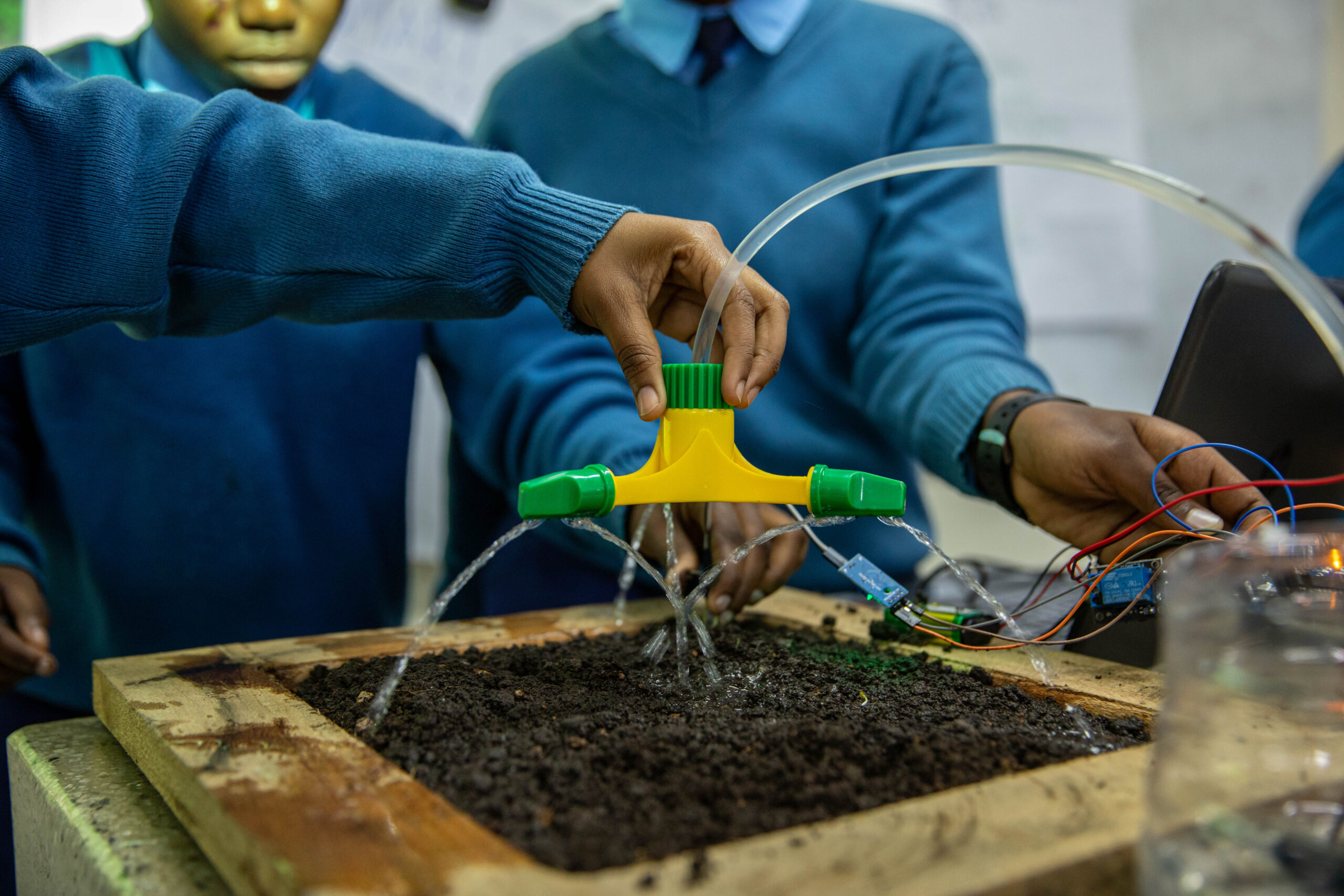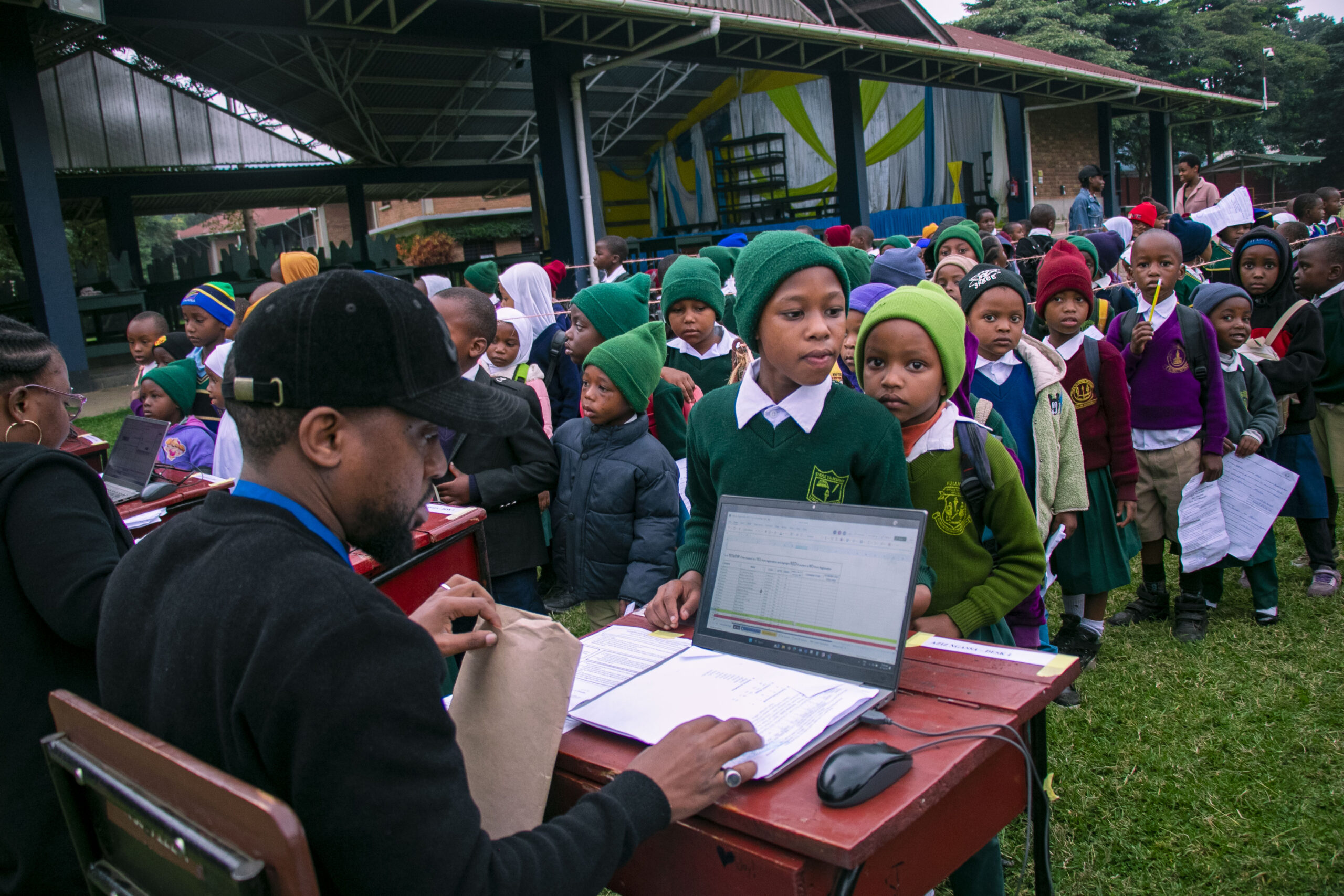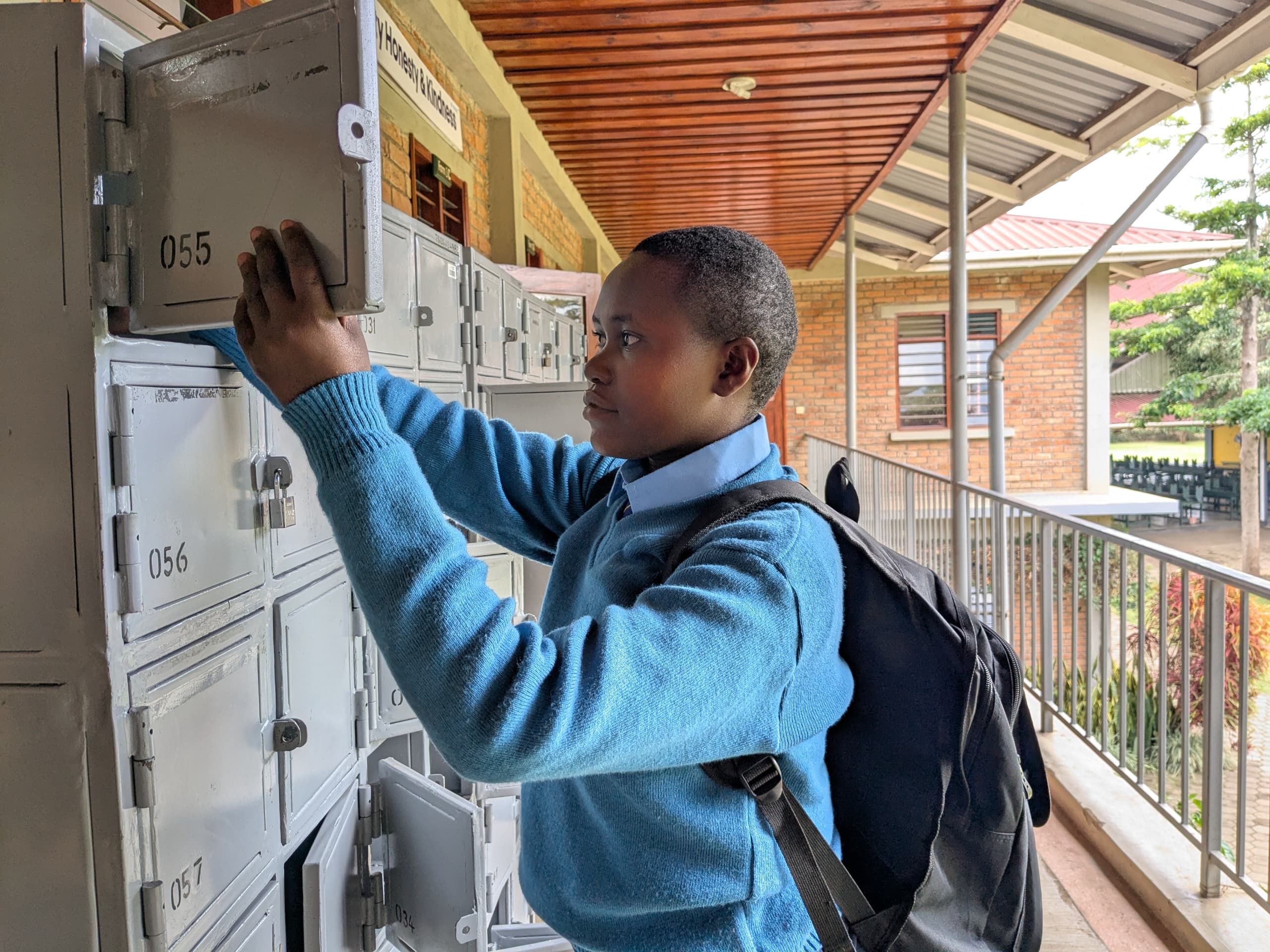By Gemma Sisia
In the international dialogue about girls’ access to school as a way to end poverty, I see an elephant in the room, namely the lack of quality in public education.
You can send every girl to school and even keep them there for a number of years, but if these institutions are not equipped to teach them well, they are unlikely to achieve a generational leap out of poverty. In Sub-Saharan Africa, with many developing countries now approaching universal primary education, the challenge is how to raise the educational standards.
Whenever people find out I have founded The School of St Jude, a nonprofit school offering a free high quality education to underprivileged students in Tanzania, a common question is, “What’s your policy on gender?”
My answer, to some people’s disappointment, is, “None.”
Don’t get me wrong. I think educating girls is extremely important in the fight against poverty. The World Bank has shown how the exclusion of girls from school leads to a less qualified workforce, inefficient allocation of labor and lost productivity. According to the UNFPA, educated girls tend to marry later, have fewer children, and seek health care for themselves and their children. Organizations such as Tostan show how education programs help girls and women know their rights and fight for them.
At The School of St Jude, girls already make up 57 percent of the student body, and we didn’t need to resort to quotas to achieve that. Besides a genuine financial need, our only selection criterion is academic talent. We have more girls because, in the earliest primary school grades, when we recruit most of our new students, girls develop faster than boys.
But recruitment doesn’t solve all problems. In many public schools in Tanzania, girls have to overcome a number of obstacles in order to maintain a regular attendance.
Unisex toilets, for instance, often without doors, are common. That causes teenagers a lot of embarrassment. Equally vexing is the lack of school buses. The BBC has documented the story of a Tanzanian girl who must walk 7km to school and another 7km to get back home on a daily basis.
The trek to and from school can be a dangerous enterprise. Stories of uniformed teenage girls being abducted and raped are not uncommon. Tanzanian law determines that a girl must be permanently blocked from attending school if she gets pregnant, as reported by the Center for Reproductive Rights.
The School of St Jude has eliminated a number of these obstacles. We offer our students reliable school buses, hot meals, boarding rooms, plenty of separate bathroom facilities, and a health and welfare team to support those in need of special attention.
As our girl/boy ratio attests, if you level the playing field, girls will come and stay.
None of that, however, is enough to help girls produce the generational leap out of poverty we expect of them. If we want to give them a minimum chance of making more money and having a more comfortable life than their parents had, we need to provide them with a quality education.
I believe injecting quality in education systems, especially in Sub-Saharan Africa, is one of the world’s largest challenges today in the fight against poverty.
Tanzania, like other nations, has made big strides towards achieving universal primary education, in order to meet the Millenium Development Goal’s 2015 deadline. But like the majority of countries struggling to improve their public education systems, quantity has not yet been accompanied by quality.
Here, government schools have as many as 200 children per classroom, and no learning resources other than a blackboard and a few shared textbooks. Besides, corporal punishment is used as a disciplining tool. According to UNICEF, “over 50 percent of girls and boys interviewed reported being punched, kicked or whipped by a teacher.”
In contrast, The School of St. Jude offers 1 teacher to a maximum of 30 students, mentors to help with the teachers’ professional development, computer and art rooms, sports fields, well-stacked libraries, science labs, and free textbooks and school materials. Corporal punishment is absolutely prohibited.
We have recently conducted an informal career preference survey with 100 of our 600 secondary students aged 14 to 19 years old.
Among those who took part in the survey, 42 percent of girls and 31 percent of boys want to either start a business or work in business administration; 22 percent of girls and 11 percent of boys want to become doctors; and 27 percent of boys and 11 percent of girls would like to become engineers.
That makes me go back to the beginning and contradict myself: I do have a gender policy. My policy is dual: level the playing field and provide both girls and boys with a quality education.









Replies